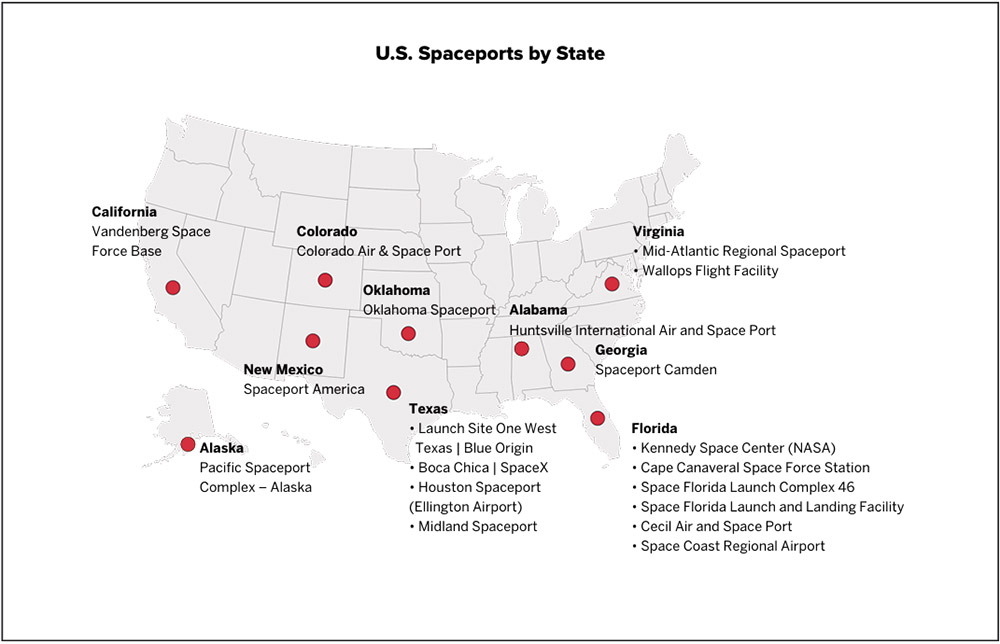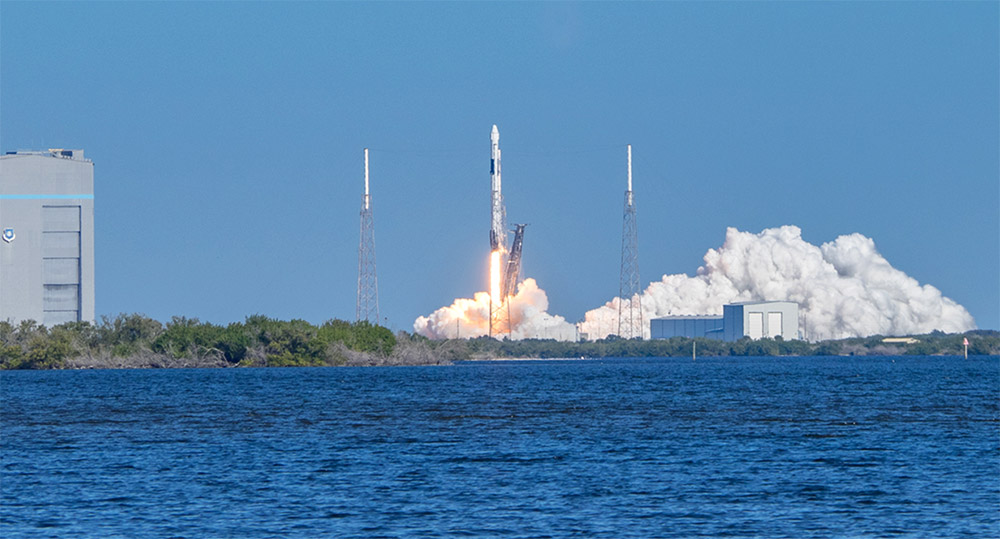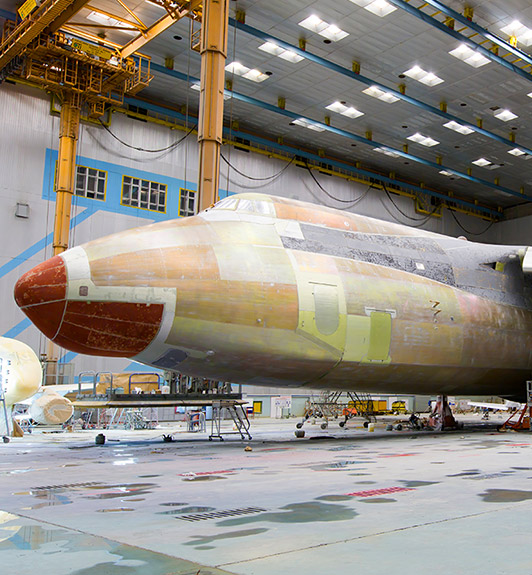A new Space Race is unfolding, but this time, it’s not just about exploring the stars — it’s also about fueling economic growth and redefining industrial landscapes. Space launch pads are big business.
In 2024, there were 259 orbital launch attempts globally — a record-breaking figure that marked a 17 percent increase over the previous year. SpaceX led the charge with 134 missions launched from sites in the United States, underscoring the growing influence of private enterprise in astronautics.
This rapid pace of activity isn’t confined to the U.S. China expanded its own space ambitions, unveiling the Wenchang Commercial Space Launch Site, while countries like Norway, the U.K., and Peru began building new spaceports to join the growing market. Yet, for the U.S. to maintain its leadership in the “second Space Race,” significant investments in infrastructure and site selection are required.
Most American launches take place at three key sites: Kennedy Space Center, Cape Canaveral Space Force Station, and Vandenberg Space Force Base. Cape Canaveral alone handled 93 launches in 2024 — a dramatic increase from 30 launches in 2020. While these record-breaking numbers inspire national pride, they also highlight the challenges posed by aging infrastructure. Kennedy Space Center, built in the 1960s, is struggling to keep up with modern demands, with overburdened roads and an underpowered electrical grid raising concerns about the sustainability of current growth.
Managing launch traffic across all ranges remains a critical task for space access. Coordinated efforts are essential to provide safe and efficient operations.
“Capacity constraints at the federal ranges are an increasing concern. The near-term solution will likely involve expansions at existing facilities like Wallops Flight Facility in Virginia and the Pacific Spaceport Complex in Alaska, alongside investments in new public and private spaceports,” said Tom Taylor, Managing Director and Head of Aerospace and Defense at JLL.
The emergence of private spaceports such as SpaceX’s Starbase in Texas and Spaceport America in New Mexico signals a shift in how spaceport site selection is approached. Traditionally, ideal locations were near the equator to optimize orbital access and near large bodies of water to safely manage falling debris. However, innovations like SpaceX’s recoverable boosters may allow for a broader range of site options in the future.
Taylor notes that “site selection must still account for factors such as land availability, environmental impact, access to infrastructure, and community support.” With these considerations in mind, spaceports have the potential to become economic development drivers, creating high-tech jobs, attracting advanced manufacturing, and catalyzing regional investment.
The development of spaceports presents a transformative opportunity for communities. Beyond their core function as launch sites, spaceports generate jobs in engineering, logistics, and manufacturing while also attracting ancillary businesses. For example:- Job Creation: New Mexico’s Spaceport America has been instrumental in creating jobs across the aerospace supply chain, from rocket assembly to tourism.
- Regional Hubs: The Pacific Spaceport Complex in Alaska supports defense and commercial launches while serving as an anchor for regional economic growth.
- Advanced Manufacturing: SpaceX’s Starbase has driven significant investment in local infrastructure and supply chains, proving the value of private-public partnerships.

In addition, smaller launch facilities could proliferate to meet the needs of specialized industries, further diversifying economic opportunities. Virginia and Alaska, for instance, are gaining popularity among newer space companies due to their perceived less congested launch schedules, leading to the development of new facilities in these areas.
Building a modern spaceport requires significant investment in infrastructure and power capabilities. Launch pads, ground support equipment, communication networks, and safety systems demand resilient and sustainable power sources to support operations. “Power solutions for modern spaceports will likely focus on resiliency and sustainability to minimize operational disruptions and environmental impacts,” Taylor said. As such, regions with robust energy grids and access to renewable energy sources may hold a competitive edge in site selection.
Meanwhile, Cape Canaveral and Kennedy Space Center are actively modernizing, renovating and repurposing several launch pads to accommodate increased launch frequencies. However, managing launch traffic across all ranges remains a critical task for space access. “Coordinated efforts are essential to provide safe and efficient operations,” said Richard Pruss, Space Facilities Lead at Burns & McDonnell. The expansion of launch capabilities across multiple sites reflects the growing demand for space access — with each location offering distinct advantages.
Commercial launches will soon exceed DoD launches at the next generation of spaceports.
While the Department of Defense historically dominated the U.S. space industry, the commercial sector is increasingly taking the lead. Private companies are not only building rockets but also developing the infrastructure to support them. This shift represents a new model of economic development, with private-public partnerships enabling innovation and reducing the financial burden on taxpayers.
“Commercial launches will soon exceed DoD launches at the next generation of spaceports,” Taylor predicts. This trend opens the door for regions across the U.S. to position themselves as leaders in the burgeoning space economy, provided they can offer the right mix of incentives, infrastructure, and expertise.
For corporate site selectors, the rise of spaceports presents a unique challenge and opportunity. Decisions about where to build or expand these facilities require balancing technical, regulatory and community considerations. Regions that proactively invest in workforce development, streamline regulatory processes, and strengthen infrastructure will have a distinct advantage.
As global launch rates continue to climb and new technologies redefine traditional limitations, the second Space Race is not just about exploring new frontiers in space — it’s about driving economic growth here on Earth. Whether through public investments in legacy facilities or private sector innovations, the U.S. has a chance to maintain its leadership — if it’s willing to invest in the infrastructure of the future.


.jpg)